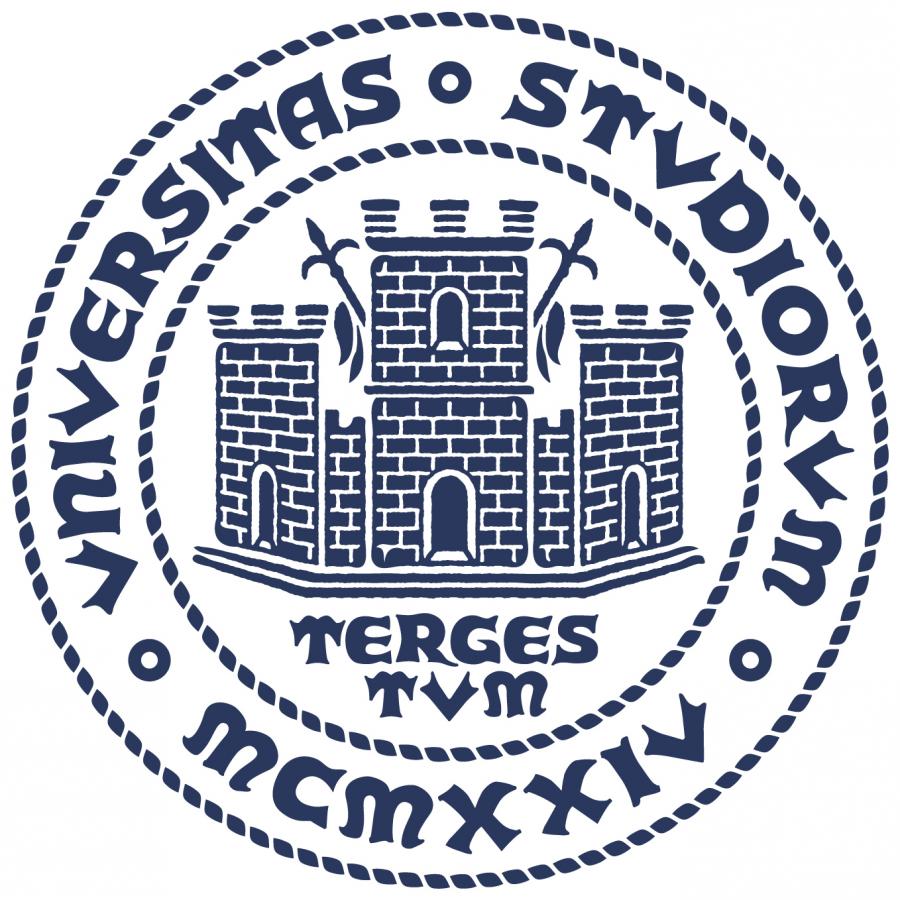Diffrattometria a raggi X
Description / Activities:
X-ray Diffraction (XRD): The laboratory's main activity involves the identification of crystalline phases and their semi-quantitative and quantitative estimation. Analyses are performed on powdered samples, as well as on bulk samples (e.g., thin films, thin sections, rock samples, ceramic artifacts, metals, archaeological artifacts, and oriented clay aggregates), provided they have a flat and regular surface.
Instrumentation Details:
- Siemens D500 Powder Diffractometer – Bragg-Brentano geometry
- Panalytical Empyrean Series 3 Powder Diffractometer
- KUMA KM4 Single-Crystal Diffractometer – K geometry
Siemens D500 Powder Diffractometer:
Equipped with “Soller” slits and a series of interchangeable slits with different angular apertures. The radiation is monochromatized upon reception using a graphite crystal. Upon request, the laboratory offers third-party analytical services.
Panalytical Empyrean Series 3 Diffractometer Features:
- X-ray Generator: 4 kW (max 60 kV, max 100 mA)
- Usable 2θ Range: -111° < 2θ < 168°
- Minimum Addressable Step Size: 0.0001°
- Angular Resolution: 0.026° FWHM on LaB₆
Sample Holders for Ambient Conditions:
- Reflection-transmission spinner with a 45-position sample changer
- Multi-purpose sample holder
- Pre-aligned capillary holder
- SAXS/WAXS sample holder
Reactor Chamber: Anton Paar XRK 900
- Suitable for solid-state and gas-solid reactions up to 900 °C and 10 bar
- Sample holder options: chemically resistant materials, sample rotation, open holders for gas extraction through the sample
Detectors:
- Proportional Counter (20 × 24 mm)
- 1Der Detector (Provides automatic energy window control, facilitating adjustment and optimization for ultra-high-definition, fluorescence-free data acquisition across various X-ray energies, including Ag, Mo, Cu, Co, Fe, Mn, and Cr.)
Optics:
- iCore: Automated incident beam optics
- dCore: Automated diffracted beam optics
KUMA KM4 Single-Crystal Diffractometer:
Equipped with a point detector, this instrument is used for determining the structure of crystalline phases.
Responsabili:
Francesco Princivalle - princiva@units.it
Davide Lenaz - lenaz@units.it


